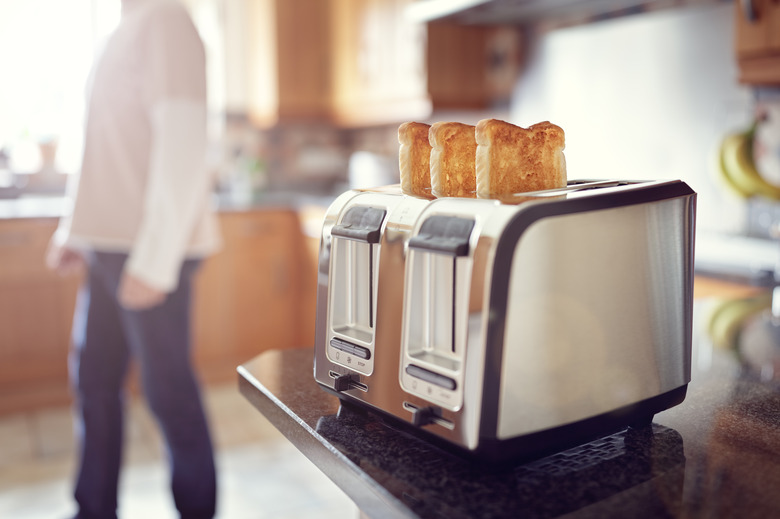What Home Appliances Use Electromagnets?
Electromagnets make the same kind of magnetic field as a permanent magnet, but the field exists only when an electric current is applied to the electromagnet. Most home appliances are loaded with electromagnets in the form of solenoids, as well as motors, which click and hum as the appliances do their work. You can hear these systems working when an appliance goes through its automated cycle, controlling components like relays and pumps.
How Solenoids Work
How Solenoids Work
When a wire carries an electrical current, a magnetic field forms around the wire, like a hula hoop around a waist. The field reverses when the current reverses. When the wire is turned into a coil, the fields of all the turns add up to form one big, combined magnetic field. This charged coil is called a "solenoid," though usually solenoid refers to a mechanical part that has such a coiled wire.
When an iron core is inside the coil of wire, the coil's magnetic field aligns the spinning electrons of the iron atoms, greatly increasing the strength of the field. When the core itself is a permanent magnet, the coil's field can either attract or repel it, depending on the direction of current in the coil.
Common Tasks Performed by Solenoids
Common Tasks Performed by Solenoids
Solenoids can release latches, allowing spring-loaded mechanisms to open; for example, when you push a toaster lever down, you're compressing a spring. To automatically eject the toast, a solenoid releases the latch and the toast pops up on the spring's stored energy. Solenoids operate water valves in dishwashers and washing machines; you can often hear a click a moment before the water starts or stops.
Solenoids are a component of relays, which are electric switches. For example, pushing a Start button on an appliance sends an electric current to one or more solenoids, which throw relays from the off ("open") to the on ("closed") positions, to power systems in the appliance. Often the relay is spring-loaded to return to the open position when the current to the solenoid is cut.
How Electric Motors Work
How Electric Motors Work
Electric motors apply the principle of a solenoid, except it's the coil that moves, wrapped around a spinning armature and surrounded by magnets inside the motor. Some motors, usually small direct-current ones in battery-powered appliances, use permanent magnets. Larger alternating-current motors for heavier work use only electromagnets.
The Edison Tech Center describes several electric motor designs and their advantages for various applications. Some provide plenty of torque at start-up, some spin at high speeds and some turn at precisely-determined speeds, for applications like disc drives.
Household Appliance Tasks Performed by Electric Motors
Household Appliance Tasks Performed by Electric Motors
Electric motors use electromagnets to power every household appliance that has rotating parts. They provide service from the refrigerator and the food processor to the microwave and the garbage disposal. A typical vacuum cleaner has one motor to create suction, and another to run a carpet brush. Because electric motors draw large amounts of power, they're switched by relays so the actual On/Off switches you use don't need to conduct all of the power required by the motors.
Cite This Article
MLA
Silbajoris, Alex. "What Home Appliances Use Electromagnets?" sciencing.com, https://www.sciencing.com/home-appliances-use-electromagnets-7179595/. 13 March 2018.
APA
Silbajoris, Alex. (2018, March 13). What Home Appliances Use Electromagnets?. sciencing.com. Retrieved from https://www.sciencing.com/home-appliances-use-electromagnets-7179595/
Chicago
Silbajoris, Alex. What Home Appliances Use Electromagnets? last modified March 24, 2022. https://www.sciencing.com/home-appliances-use-electromagnets-7179595/
